Physics
Fox
Summary
- When light reaches a material, it can be absorbed, reflected, or transmitted.

- A material that doesn't transmit light is called opaque.

- An opaque material that reflects a lot of light has a lighter shade. An opaque material that reflects less light has a darker shade.

- A material that does transmit light is called transparent or translucent.

- A material is transparent if the objects behind it look clear, and translucent if the objects behind it look blurry.
You’ll never shine if you don't glow
We are now very much aware that when light reaches a mirror it reflects back. But what about materials in general?
When light reaches a material, it can do 3 things:
- Be absorbed — Light is ‘swallowed’ by the material

- Reflect — Light is reflected (‘bounces back’) off the material

- Transmit — Light goes through the material

The amount of light that's absorbed, reflected, or transmitted depends on the material.
If a material does not let light through (i.e. it does not transmit light), we call it opaque.

Looking around you, you'll notice that most everyday objects are opaque. For example, this mug is opaque:

There are a lot of differences between opaque objects, however. They come in different colours, and some are more shiny or rough than others. The reasons for these we will discover another time.
For now, we can understand why some materials have a lighter or darker shade than others. This depends on how much light is reflected by the material. A material with a lighter shade is good at reflecting light, whereas a material with a darker shade is not good at reflecting light.

Any light that is not reflected by an opaque material is absorbed.
One of the darkest materials ever made is called Vantablack. Vantablack is so dark that it absorbs 99.995% of light that reaches it! (The other 0.005% is reflected.)

If a material does let light through (i.e. it transmits light), we call either call it transparent or translucent.
What is the difference between transparent and translucent materials?
Transparent materials are commonly called “see-through”. Objects behind them are clearly visible. A common transparent object is a window.


However, objects behind translucent materials look blurry. This is because light randomly changes direction as it goes through a translucent material. (Randomly changing direction is known as scattering.) A common translucent object is a frosted glass window (which you might find in a bathroom).


Here's how the same object looks behind a transparent and translucent object:


So far we have only talked about black, white, transparent and translucent materials. But most objects have a colour! What makes materials have different colours?
Before we discover the answer, we need to learn about the different colours of light itself. Turn the page to find out more...
You might wonder where the light energy goes when light is absorbed by a material. Energy is always conserved, so this energy must go somewhere!
The light energy is converted into thermal energy — in other words, if a material absorbs light, it will heat up.

This is why, on a sunny day, it's best to wear lighter-coloured clothing. Wearing darker colours absorbs more sunlight, which makes your clothes (and you) get hot.
Congratulations!
11 of 11 questions completed
+ ⭐️ collected.
Sign up (for free!) to:
• save your progress 📊
• create constellations✨
• customise your fox! 🦊







